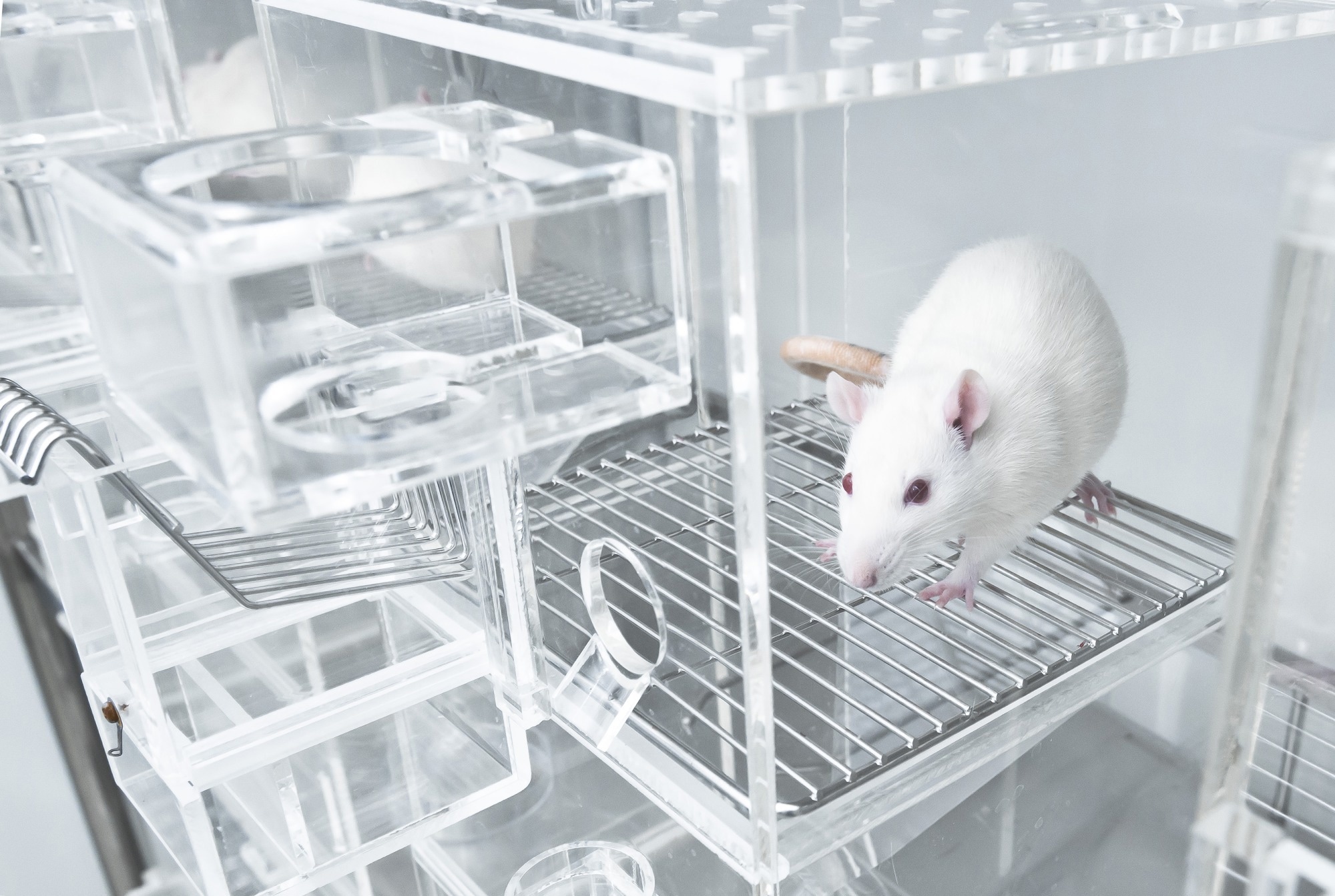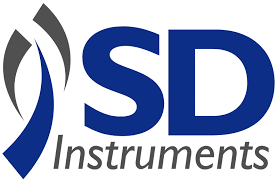Tremors are spontaneous, rhythmic movements in the hands, heads, legs, or voice that can occur in the body for various reasons, including stress, caffeine, or due to an underlying neurological condition such as Parkinson’s disease.
Monitoring tremors in small animals, particularly rats and mice, has long been conducted to enable scientists to deepen their understanding of how tremors begin and potential treatments. This article will explore the significance of tremor monitoring and what we can learn from it.
The importance of mice in tremor monitoring
Monitoring tremors in animal models allows scientists to gain deeper insights into the underlying mechanisms of conditions that lead to tremors. Recent research has demonstrated that some genetic mutations in rodents lead to tremors like those in human patients with Parkinson’s disease.1
Using animal models in tremor monitoring also aids in identifying new biomarkers for neurological disorders, as their genetic similarity to humans makes them ideal models for understanding these disorders.

Image Credit: unoL/Shutterstock.com
Tremors as a biomarker for neurological disorders
Tremor monitoring is essential for distinguishing between tremor types, their causes, and potential treatments. Since tremors can serve as biomarkers for neurological disorders such as Parkinson’s disease, studies can track progression through behavioral changes in the mice, tremor events, and tremor types, including any patterns.2
Methods of monitoring tremors in mice
Several approaches, including behavioral observation, electromyography, and motion sensors such as accelerometers, are available for monitoring tremors in mice and other small animal subjects. Each has its own advantages and disadvantages.
Behavioral observation
Behavioral observation is a noninvasive technique that requires visually monitoring a mouse for tremor symptoms. This approach is simple and economical but not sensitive enough to detect minor tremors and changes.
Electromyography (EMG)
EMG monitors the electrical activity of a mouse’s muscles during tremor events. Although this method is accurate, the insertion of electrodes into the muscles may cause pain or trauma to the animal.
Accelerometers and other motion sensors
Sensors are a more recent method of monitoring tremors in mice and are preferred for their non-invasiveness. Sensors are attached to the mouse’s body during studies, enabling tracking of body movements during tremor events. Although highly precise, specialist tools are required.
Using tremor monitoring systems allows researchers to understand tremor events and disorders in animal models, monitor progress, and utilize this data to understand the effect on human patients.
Applications of tremor monitoring in mice
Monitoring tremor events in mice can facilitate the understanding of the mechanisms of tremors and related neurological conditions. It can aid in the development of new diagnostic tools and treatments for these conditions and improve patients’ quality of life.
Tremor monitoring can also be utilized for drug discovery applications by tracking the efficiency of drugs developed to decrease tremor events.
San Diego Instruments
San Diego Instruments offers top-quality behavioral neuroscience research tools, including its tremor monitoring system. This system uses a highly sensitive movement sensor that can distinguish between tremor events and ambulatory or stereotyped movements.
The sensor can record continuous movement waveforms at 128 Hz for more than 68 minutes, allowing it to distinguish between tremor events and ambulatory or stereotyped movements.
Short and long tremors can also be defined to further enhance analysis, and as many as eight testing stations can run from a single computer.
References and further reading
- Crabtree, D.M. and Zhang, J. (2012). Genetically engineered mouse models of Parkinson’s disease. Brain Research Bulletin, 88(1), pp.13–32. https://doi.org/10.1016/j.brainresbull.2011.07.019.
- White, R.W. and Horvitz, E. (2019). Population-scale hand tremor analysis via anonymized mouse cursor signals. npj Digital Medicine, 2(1). https://doi.org/10.1038/s41746-019-0171-4.
- Paterson, N.G., et al. (2009). Pharmacological characterization of harmaline-induced tremor activity in mice. 616(1-3), pp.73–80. https://doi.org/10.1016/j.ejphar.2009.05.031.
About San Diego Instruments, Inc.
For more than 30 years, San Diego Instruments has served the scientific community as a comprehensive resource for the design, manufacture and distribution of behavioral neuroscience research instruments used in human and animal studies. Utilized in laboratories and cited in research papers worldwide, SDI systems have come to represent the industry standard for quality and longevity. Our premier SR-LAB™ is the world’s most widely used startle response system. At SDI, our commitment to developing quality products that stand the test of time is matched only our dedication to excellent customer service. We take pride in our ever-growing core of loyal clientele.
SDI behavioral neuroscience research systems afford you the utmost in quality and performance, giving you the edge in an industry where Power, Flexibility and Ease of Use are everything.
Sponsored Content Policy: News-Medical.net publishes articles and related content that may be derived from sources where we have existing commercial relationships, provided such content adds value to the core editorial ethos of News-Medical.Net which is to educate and inform site visitors interested in medical research, science, medical devices and treatments.